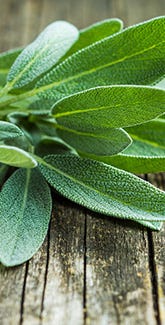So Awesome, It Should be Called Cool-rabi!


Kohlrabi Growing Guide
Kohlrabi is yet another member of the ubiquitous brassica family, which includes cabbage, kale, collards, turnips, rutabagas, broccoli, Brussels sprouts, and cauliflower. Like many vegetables in this family, kohlrabi is a cool season crop and can be planted very early for a spring harvest or later for a fall harvest.
For a spring crop, start seeds indoors in flats about 3-4 weeks before the last expected frost date then transplant them outside. For a fall crop, direct sow the seeds in early summer about 8-10 weeks before the first expected frost date of fall.
Whether planting for a spring or fall crop, kohlrabi seeds should be planted ½ inch deep, 1 inch apart, in rows 12-18 inches apart. Seedlings should be thinned to 6 inches apart. Though kohlrabi thrives best in fertile soil, it can also tolerate average soil. It does not require fertilization, but it does need a consistent supply of moisture.
Kohlrabi should be harvested when the bulbous stems are approximately 2 inches in diameter. When harvested young like this, the inner flesh of the bulb is sweet and the cabbage-like leaves are tender. If left to continue to mature, the flesh of the bulb will become tough and woody.
Did you know? The kohlrabi plant has sometimes been called the "stem turnip." Its name actually has a German origin and means "cabbage turnip."



